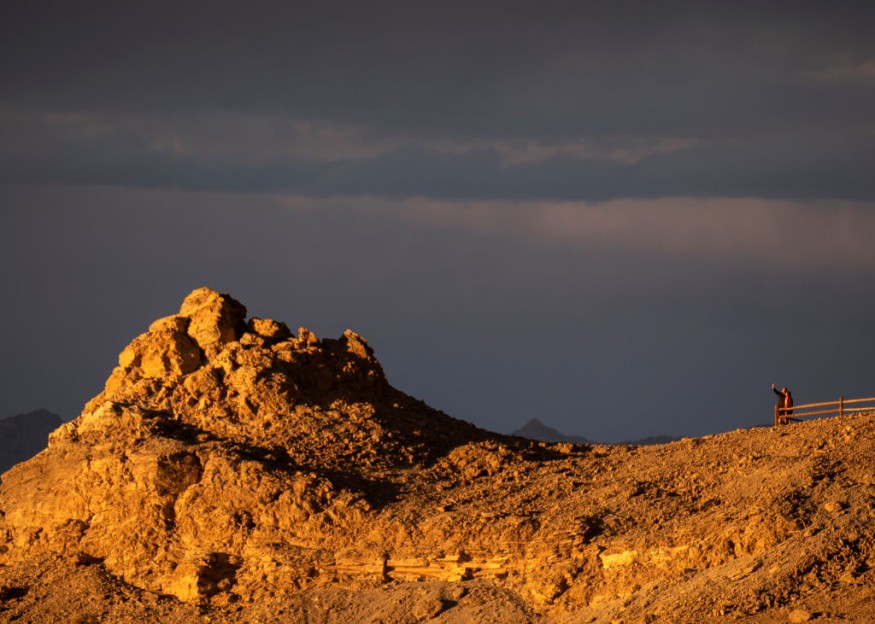
Numerous additional seismic activities rattled South Carolina this weekend, perplexing those who aren't certain why the mystery rattling is still going around.
Earthquake Swarms in South Carolina
Throughout the previous seven quarters, thousands of seismic events have rocked South Carolina as part of this cluster.
This weekend's tremors have also occurred in Elgin, a modest established community in Kershaw some 20 miles northeast of Columbia, the country's capitol.
Elgin is located in the Atlantic Ocean Area district's Carolina Sandhills area, which is marked by several wind-blown sandy beaches that were prominent in the previous ice age, although are now stabilized by greenery within present weather circumstances, as per The Weather Boy.
The most powerful of the five events that occurred this weekend was a 3.4 magnitude incident that happened yesterday evening at a depth of 3.3 kilometers.
Following the intensity 3.4 tremor, there was a 1.5 occurrence at 5 km, a 1.3 incidence at 2.1 km, a 1.8 activity at 3.2 km, and again 1.8 occurrence 3.3 km profound.
Despite the fact that the previous significant tremor occurred over 100 years ago, a 2001 research titled "Comprehensive Seismic Risk and Vulnerability Study for the State of South Carolina" proved the region is particularly sensitive to seismically active.
Furthermore, the 1886 Charleston tremor has been the worst catastrophic tremor to have strike the eastern United States; it was the deadliest devastating natural disaster in the United States throughout the 19th century.
The 1886 Charleston-Summerville disaster and the 1913 Union County seismic activity were the among most major recorded tremors in South Carolina.
While The Independent has recently updated that as per the South Carolina Emergency Management Division (SCEMD), roughly ten to 15 tremors occur in South Carolina yearly, with the majority of them being unnoticed by locals; on general, just three to five are felt annually.
Following that, 12 further earthquakes with wide range of services from 1.5 to 2.6 were recorded.
Derived from empirical investigation, the report gave details concerning the anticipated impacts of tremors on present populations as well as modern-day infrastructures and networks, such as motorways, railroads, residences, corporate as well as public offices, universities, healthcare facilities, and sanitary sewer utilities.
The last tremor in the sequence happened on January 5, putting a stop to the seismic events there for the time being.
Several Earthquakes During the Weekend
Researchers are afraid that a large-scale earthquake might occur in the coming years, causing substantial destruction to social lives and property.
At a range of barely 3.1 kilometers, the initial 3.3 magnitude tremor struck 30 miles north of Columbia, South Carolina, WISTV reported.
USGS also claimed that the aftershocks are a series of seismic events that occur following a bigger mainshock on a fissure, and the small earthquakes happen around the fracture zone where the mainshock breakage happened and are part of the readjustment phase after the main slide on the fracture.
Nonetheless, repercussions from a 3.3 magnitude earthquake might merely persist about a couple days, not the week and a half that they experienced.
While neither were severe likely to cause destruction, over than 3,500 people confirmed trembling from the 3.4 event to the USGS.
A cluster, as per the latest report from Live Science, is a series of primarily minor earthquakes with no discernible mainshock.
While many people experienced the seismic activity, there was no recorded harm in South Carolina.
Related article : Toxic Particles From Air Pollution Can Travel Directly to the Brain and Cause Damage
© 2025 NatureWorldNews.com All rights reserved. Do not reproduce without permission.





